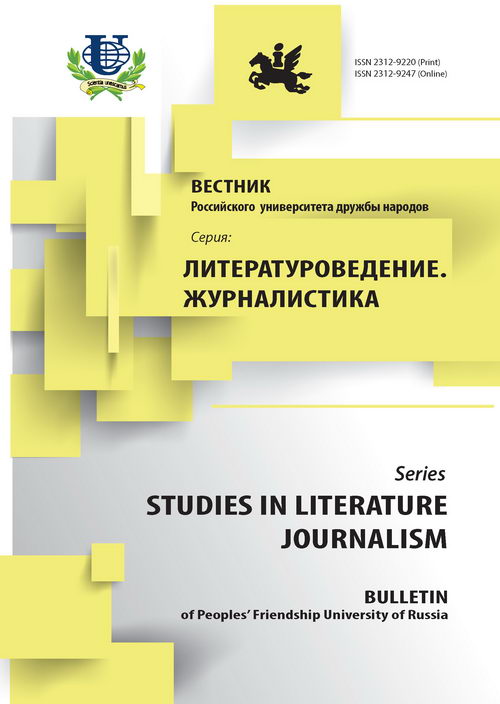THE GENESIS OF H. HESSE’S «MAGIC REALITY»
- Authors: Shervashidze VV1
-
Affiliations:
- Peoples’ Friendship University of Russia
- Issue: No 2 (2016)
- Pages: 85-92
- Section: ARTICLES
- URL: https://journals.rudn.ru/literary-criticism/article/view/13373
Cite item
Full Text
Abstract
The article is related to the general characteristics and the differences between “magic idealism” of Novalis and “magic reality” of Hesse. Typological community is determined by the concept of world’s subjectivity in their novels. But the distinction of their methods created two different esoteric models. In Hesse’s novels this model is determined by the synthesis of contrasts. In a contrary, in Novalis novels the disharmony of the world is decided. Despite the typological similarity of the principle of subjectivization, “magical idealism” of NOVALIS and “magical reality” by Hermann Hesse represent different models of the world. The synthesis of the psychoanalytic model of the inner life, the philosophy of Buddhism has created a unique in the European novel of the 20th century model of a world governed by law of equilibrium. Hesse’s novels illuminated Buddhist idea of eternal renewal, of eternal spiritual growth and consciousness.
References
















